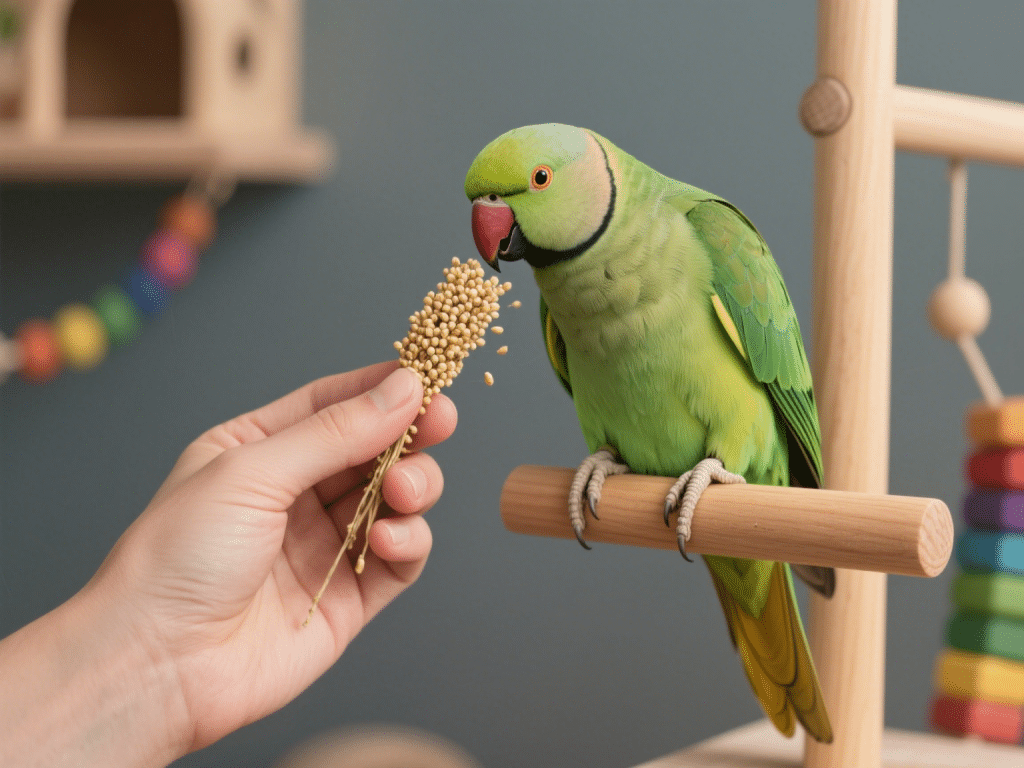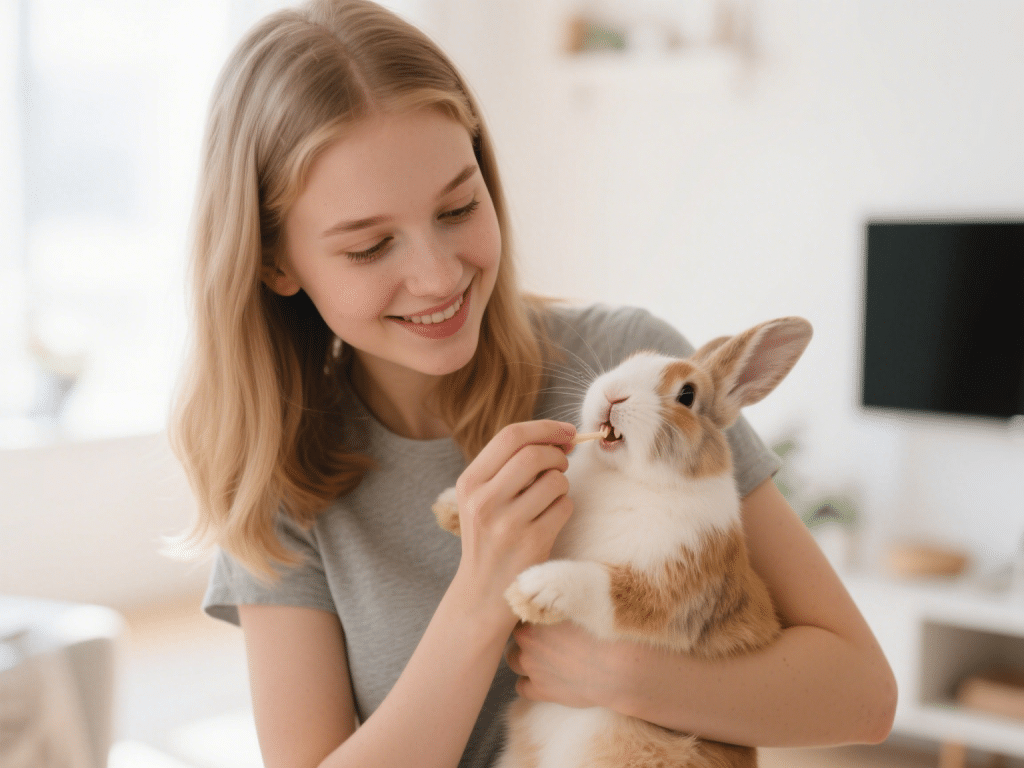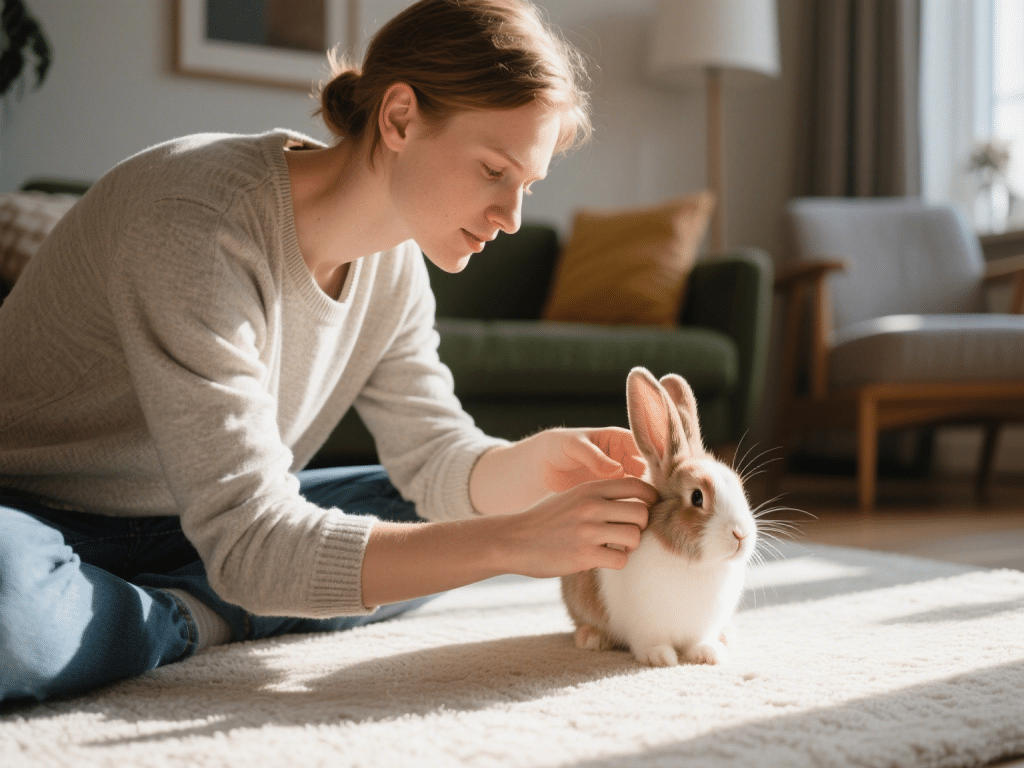The Secret Life of Cat Purring: More Than Just Contentment

Purring is one of the most iconic feline behaviors, often synonymous with relaxation and happiness. However, research and hands‑on observations reveal that purring serves multiple purposes: from self‑soothing to social bonding and even physical healing. In this deep dive, we’ll unpack the layers of meaning behind each vibration and discuss how you can foster healthy purring in your cat.
1. The Mechanics of Purring
Cats produce purrs through rhythmic contractions of the laryngeal muscles, modulated by neural oscillators in the brain. These vibrations typically range from 25 to 150 Hz—frequencies that may promote tissue regeneration and pain relief.
Healing Hypothesis:
Studies suggest that exposure to 25–50 Hz vibrations can accelerate fracture healing and reduce inflammation in mammals.
2. Emotional and Social Functions
Contentment & Bonding:
When you pet your cat and hear its gentle rumble, that purr reinforces the social bond—similar to a human’s calming deep breathing.Stress Relief:
Cats will sometimes purr during Vet visits or when recovering from injury, indicating a self‑soothing mechanism.
3. Purring and Communication
Solicitation Purr:
A higher‑pitched, urgent purr often accompanied by meows—used by kittens to beg for food or by adults to solicit attention.Mother‑Kitten Communication:
Kittens begin purring at 2–3 days old, fostering a sense of safety and encouraging nursing.
4. Health Indicators in Purrs
Changes in Rhythm:
A discordant or stuttered purr may signal respiratory issues or laryngeal dysfunction.Absence of Purring:
A previously chatty purrer who goes silent during illness may be conserving energy or experiencing pain.
5. Encouraging Healthy Purring
Gentle Petting:
Stroke your cat in areas it loves—behind the ears, under the chin—to elicit relaxed purrs.Quiet Environment:
Excessive noise can disrupt comfort; provide calm spaces to encourage deep, steady purring.
Conclusion
From healing potential to emotional expression, purring is far more than a happy soundtrack. By understanding its multifaceted roles, you can better interpret your cat’s needs, monitor its health, and strengthen the human‑feline bond. The next time you hear that soothing vibration, listen closely—it might be your cat’s way of telling you more than “I’m content.”









Comments on "The Secret Life of Cat Purring: More Than Just Contentment" :